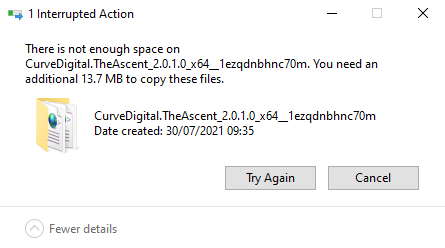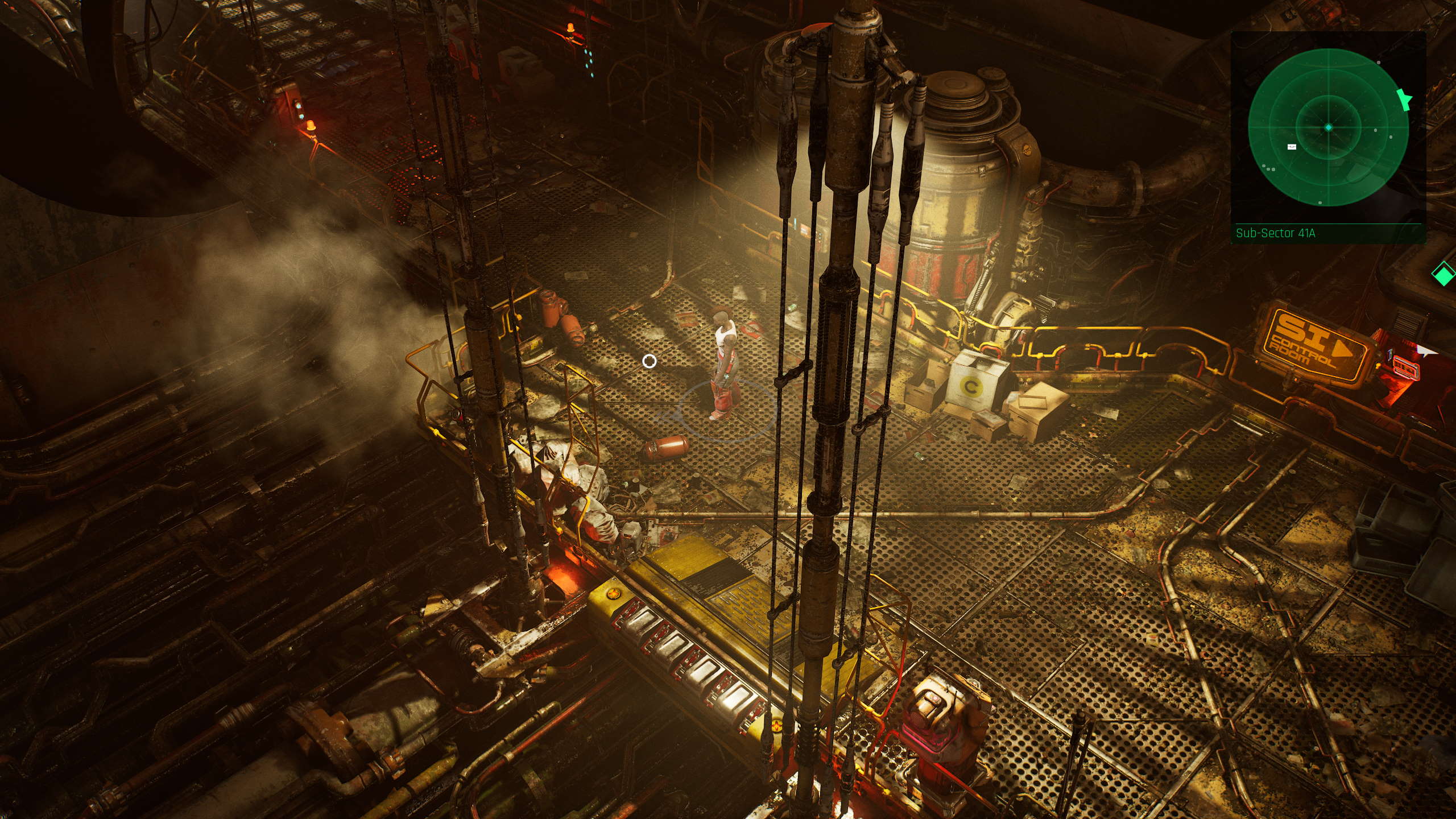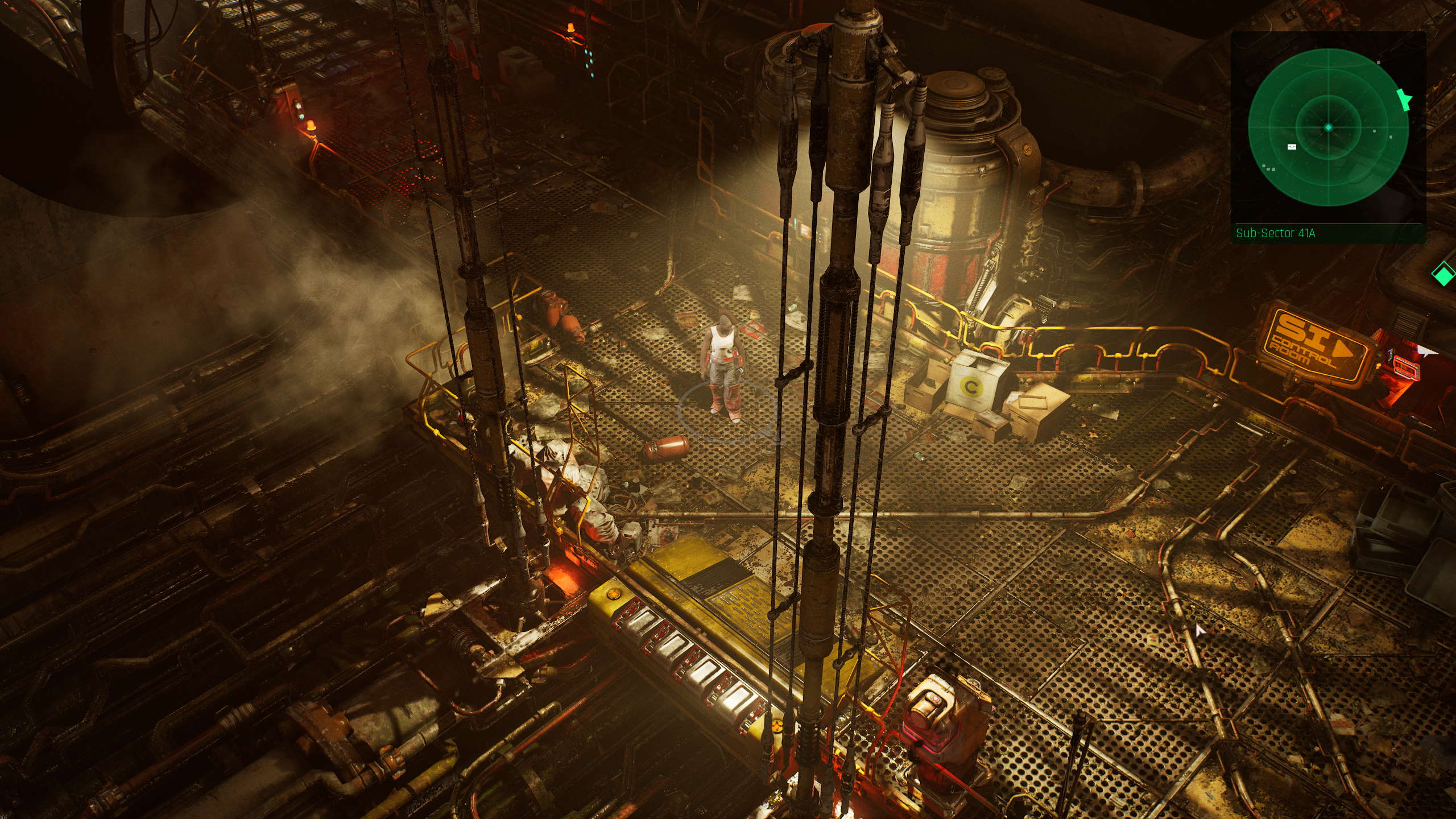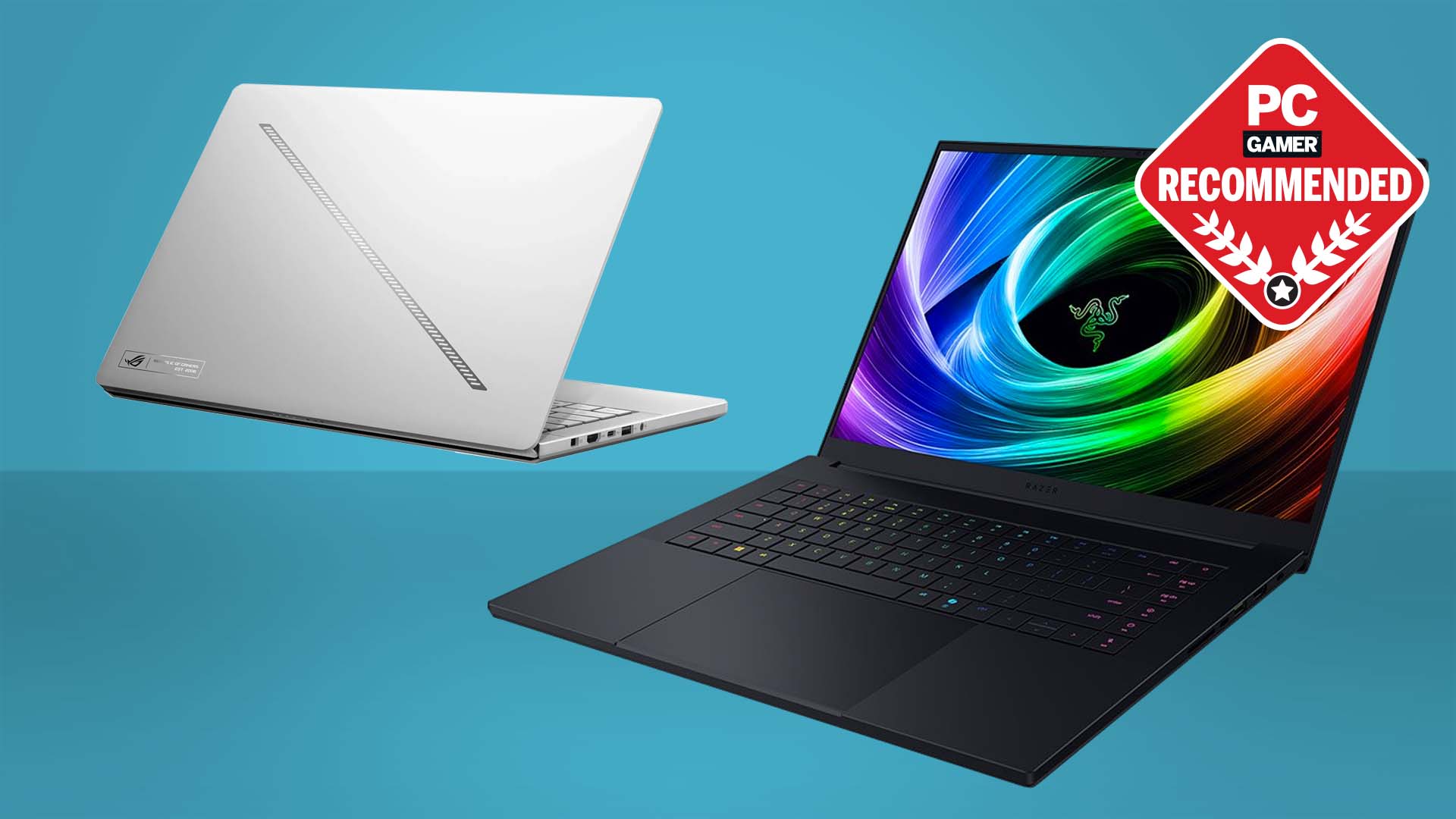The Ascent is lacking DLSS and ray tracing on Game Pass but not on Steam
We tried adding in the DLSS files ourselves, but Microsoft thwarted us at every step.

The Ascent is a cyberpunk action RPG with ray tracing and DLSS. Sometimes. Sometimes it's a cyberpunk action RPG with ray tracing and no DLSS. Sometimes that ray tracing implementation may not work at all. And whether you get those Nvidia settings all depends on where you access the PC version from.
The Microsoft Game Pass version of The Ascent seems to be a more lightweight version than the build you can download right now from Steam. Both DirectX 12 ray tracing and DLSS are front and centre and working out of the digital box on Valve's storefront, but if you grab The Ascent as part of your Game Pass sub then you're only given direct access to part of the settings picture.
I've been running the game from my Steam library and it looks, and plays, great. I mean, it's demanding as all hell with everything turned up to ultra with ray-traced shadow, reflections, and ambiont (sic) occlusion enabled. Even with DLSS on the quality setting, and running at 3440x1440, the GeForce RTX 3090 in this machine is straining at between 75 and 90 fps.
Our Jacob, on the other hand, is experiencing a world of pain with his Game Pass install. For one thing there are no DLSS options at all, something that has bizarrely been noted as lacking in a reddit thread where it's noted as not a platform feature of Windows 10, and only on Steam.
After the DLSS .dll files were made available via TechPowerUp you'd hope that maybe it would just be a simple drag and drop into a specific binaries folder. Unfortunately that is simply not how Game Pass games arrive on your PC. They're packaged up as almost individual entities, and while we could navigate through the folders, we were unable to add in the necessary files, and were simply told there wasn't enough space to drop them in as if the game itself were a drive.

Looks like we're going to have to hope that developers, Neon Giant, are able to patch the Game Pass version to add DLSS in, because right now there's no Nvidia AI support for your in-game frame rates.
Which would be more of a problem if ray tracing actually worked in Microsoft's version.
Keep up to date with the most important stories and the best deals, as picked by the PC Gamer team.
If I disable ray tracing entirely on my system, the performance immediately shoots up to match the 144Hz refresh rate of the screen because I've got VSync enabled.
For Jacob, it doesn't matter whether he's got ray tracing enabled or not, he's still hitting the same performance numbers either way, and the image on screen looks no different. In short, we have to assume that ray tracing is bricked on The Ascent Game Pass version too.



Best gaming monitor: pixel-perfect panels for your PC
Best high refresh rate monitor: screaming quick screens
Best 4K monitor for gaming: when only high-res will do
Best 4K TV for gaming: big-screen 4K PC gaming
Jacob is using an AMD RX 6900 XT, but we've seen evidence of the same thing happening with Nvidia machines running from a Game Pass account too, so it's not a case of red vs. green here.
I mean sure, he can still play the game, and the world of The Ascent looks mighty pretty, in a gritty cyberpunk way, without ray tracing enabled. But the fact that we have two distinct versions of the game running on effectively the same platform is really strange. All we can assume is that Neon Giant had to get an earlier build of the game to Microsoft for Game Pass day one availability, and is more able to deliver up to date builds via Steam.
Whatever, it's weird. Though admittedly not unprecedented with Game Pass.
At least with Nier: Automata it was the other way around, and the Steam version was the broken build that time. Still, different storefronts on the same platform shouldn't have different versions of the same game. We haven't been able to find any confirmation that a future DLSS patch will be happening, but here's hoping we get some update over the weekend for our Game Pass buddies.

Dave has been gaming since the days of Zaxxon and Lady Bug on the Colecovision, and code books for the Commodore Vic 20 (Death Race 2000!). He built his first gaming PC at the tender age of 16, and finally finished bug-fixing the Cyrix-based system around a year later. When he dropped it out of the window. He first started writing for Official PlayStation Magazine and Xbox World many decades ago, then moved onto PC Format full-time, then PC Gamer, TechRadar, and T3 among others. Now he's back, writing about the nightmarish graphics card market, CPUs with more cores than sense, gaming laptops hotter than the sun, and SSDs more capacious than a Cybertruck.

